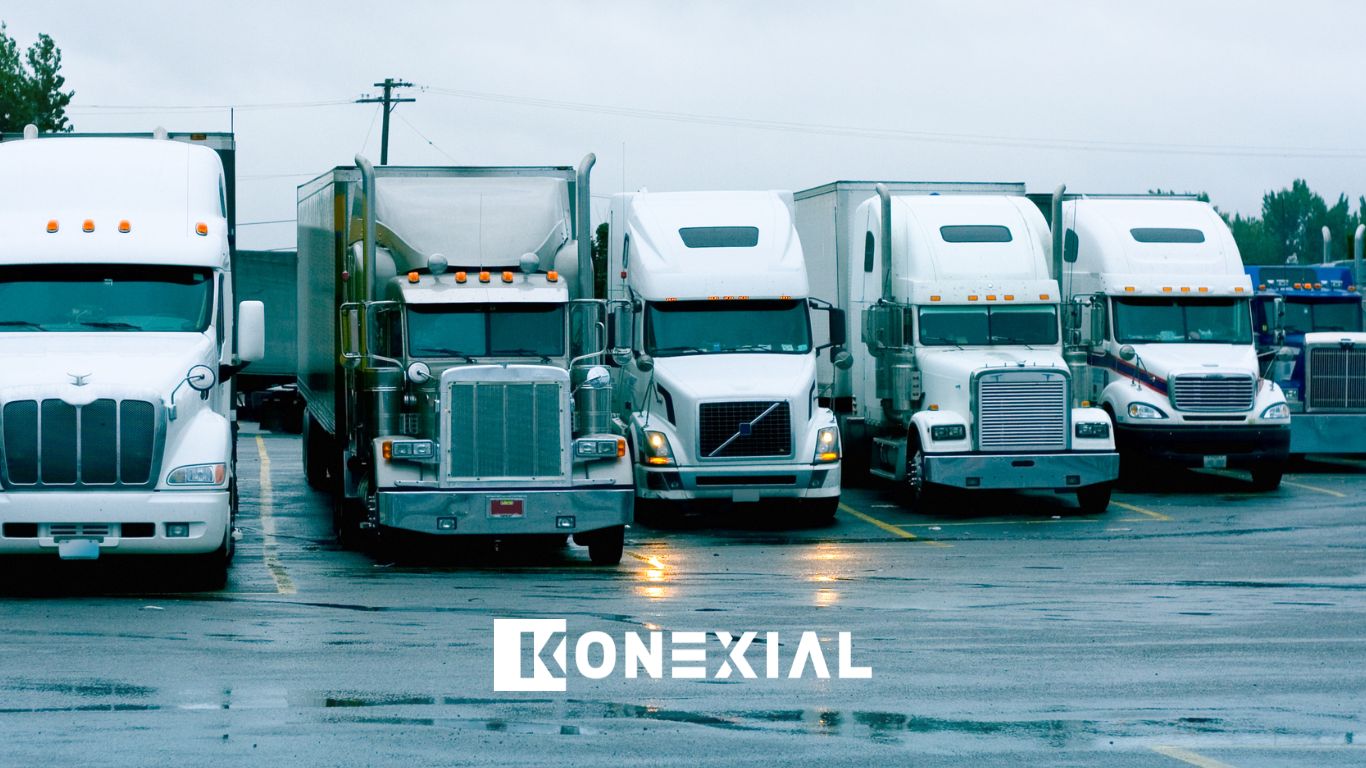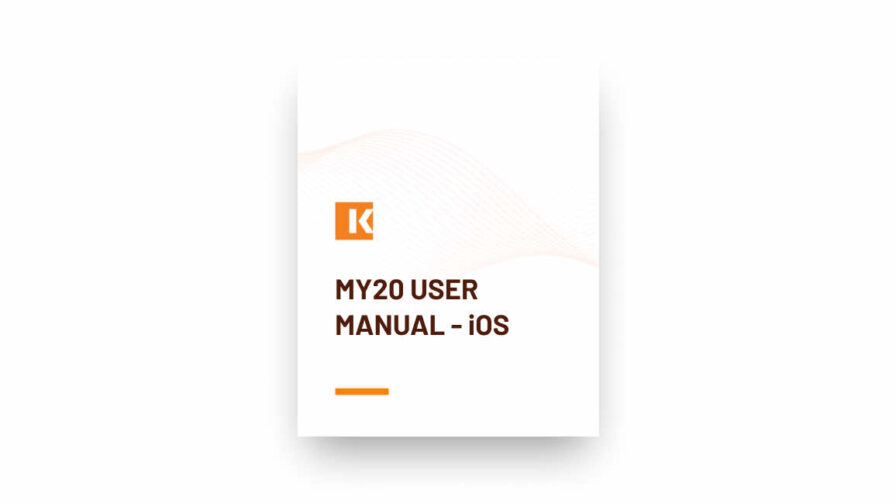Ensuring Compliance with DOT Regulations for Truck Drivers

Ensuring Compliance with DOT Regulations for Truck Drivers
Navigating the rules and regulations set by the Department of Transportation (DOT) can feel like a daunting task, especially when you’re trying to keep up with the demands of the road.
This blog is here to break down those rules into straightforward, easy-to-follow advice for truck drivers at every stage of their careers. Whether you’re a seasoned pro adjusting to the latest changes or a newcomer figuring out the basics like hours of service and health requirements, we’re here to help.
Let’s dive into the world of DOT regulations together, making sure you have the knowledge you need to drive safely and stay on the right side of the law.
An Overview of DOT Regulations for Truck Drivers
DOT regulations refer to the set of rules and guidelines established by the Department of Transportation (DOT) in the United States to govern various aspects of transportation, including the trucking industry. These regulations are designed to ensure the safety of both drivers and the general public, as well as to promote efficiency and fairness within the industry.
The primary purpose of DOT regulations in the trucking industry is to enhance safety on the roads. Commercial trucks, due to their size and weight, can obviously pose significant risks if not operated safely. Therefore, DOT regulations set standards for factors such as driver qualifications, hours of service, vehicle maintenance, and cargo securement to minimize the likelihood of accidents and injuries.
Several key DOT rules and regulations directly impact truck drivers, governing various aspects of their work, safety, and conduct on the road.
Top DOT Regulations to Know About in the Trucking Industry:
Driver Qualifications:
Driver qualifications are governed by DOT regulations, requiring commercial truck drivers to obtain a commercial driver’s license (CDL) and meet specific criteria related to age, medical fitness, and driving history. Additionally, drivers must undergo regular training to stay aware of safety protocols and regulatory changes. The minimum age to apply for a CDL varies by state, but typically it is 18 years old for intrastate driving (within the state) and 21 years old for interstate driving (across state lines). While driver qualifications can vary by state, the standard steps to obtain a CDL are as follows:
- Study your state’s Commercial Driver’s Licensing (CDL) Manual
- Decide which class of license you want to obtain – there are 3 classes of CDLS
- Get the Commercial Learner’s Permit (CLP)
- Obtain medical card by passing the DOT Physical
- Obtain medical card by passing the DOT Physical
Hours of Service Regulations:
Hours of service (HOS) regulations dictate the amount of time drivers can spend behind the wheel and require mandatory rest periods to prevent driver fatigue, a significant contributor to accidents in the trucking industry. Electronic logging devices (ELDs) have become instrumental in enforcing HOS regulations, replacing paper logbooks with digital records that accurately track driver hours. While there are exceptions and exemptions within the HOS rules, the general CMV population is required to adhere to the following rule set:
- 11-Hour Driving Limit: Drivers may drive a maximum of 11 hours after 10 consecutive hours off duty.
- 14-Hour Limit: Drivers may not drive beyond the 14th consecutive hour after coming on duty, following 10 consecutive hours off duty.
- 30-Minute Break: Drivers must take a 30-minute break after driving for 8 cumulative hours.
- 60/70-Hour Limit: Drivers may not drive after being on duty for 60/70 hours in 7/8 consecutive days.
Drug and Alcohol Clearinghouse:
DOT regulations mandate drug and alcohol testing for commercial drivers to ensure they are not impaired while operating vehicles. Drivers are subject to pre-employment, random, post-accident, reasonable suspicion, and return-to-duty drug and alcohol testing. The FMCSA created and enforced the use of the Drug and Alcohol Clearinghouse in January 2020. The Clearinghouse is a secure online database that gives employers, the Federal Motor Carrier Safety Administration (FMCSA), State Driver Licensing Agencies (SDLAs), and State law enforcement personnel real-time information about commercial driver’s license (CDL) and commercial learner’s permit (CLP) holders’ drug and alcohol program violations. When a driver completes the return-to-duty (RTD) process and follow-up testing plan, this information is also recorded in the Clearinghouse.
Vehicle Inspection and Maintenance:
Vehicle maintenance standards set by the DOT mandate regular inspections, preventive maintenance schedules, and adherence to safety guidelines to ensure that commercial vehicles are in optimal condition for operation on the roads. These regulations aim to mitigate the risk of accidents and breakdowns caused by mechanical failures. CDL drivers are required to conduct pre-trip and post-trip inspections of their vehicles to ensure they are in safe operating condition. Additionally, DOT regulations mandate regular maintenance and repairs to address any issues identified during inspections. The driver’s pre and post-trip inspections should be conducted and recorded on the driver’s ELD. Using a robust fleet management system provides enterprise fleet executives with accurate data organized per trip in digital format.
Cargo Weight, Size, and Securement:
DOT Regulations govern the maximum weight and size limits for commercial vehicles, including tractor-trailers and cargo loads. Compliance with these limits helps ensure safe operation on the roads and prevents damage to infrastructure. Fleet drivers are also responsible for properly securing their cargo to prevent it from shifting or falling during transit. DOT regulations provide guidelines for securing various types of cargo, including specific requirements for different types of vehicles and loads. These cargo requirements are often checked via weigh station bypass and during roadside inspections.
These regulations are essential for promoting safety, efficiency, and fairness within the trucking industry. Compliance with DOT rules is crucial for commercial drivers to avoid penalties, maintain their CDLs, and ensure the safety of themselves and others on the roadways.
Navigating DOT Driving Rules and Regulations
Staying informed about changes in regulations is crucial for truck drivers to maintain compliance with Department of Transportation (DOT) requirements. Regulations regarding health and fitness may undergo revisions, making it essential for drivers to stay updated to ensure they meet all necessary criteria.
Understanding and adhering to hours of service (HOS) regulations is equally important to prevent driver fatigue and ensure adequate rest periods between driving shifts. Keeping accurate records and documentation of medical examinations, drug and alcohol testing results, and other relevant paperwork mandated by DOT regulations is essential for remaining in compliance. These records serve as crucial evidence of compliance during inspections or audits.
Effectively managing schedules and ensuring compliance with truck driver hours of service (HOS) regulations requires a combination of strategic planning, technology utilization, and proactive communication.
Here are a couple ways to manage schedules and driver’s time effectively:
- Encourage drivers to plan their trips thoroughly before hitting the road. This includes identifying potential rest stops, estimating driving times, and factoring in mandatory rest breaks to avoid exceeding HOS limits.
- Utilize telematics and GPS tracking systems to monitor drivers’ activities in real-time. These systems can provide insights into driver behavior, alerting fleet managers to any potential HOS violations or deviations from planned schedules.
- Offer flexible scheduling options that allow drivers to take breaks or rest periods when needed without sacrificing productivity. This can help mitigate driver fatigue and improve overall compliance with HOS regulations.
How to Keep Up with Changes in DOT Regulations
Staying informed about updates and changes in DOT regulations is crucial for maintaining compliance and ensuring the safe operation of commercial vehicles. Fleet managers and drivers should also take advantage of resources and training programs provided by reputable organizations such as state trucking associations or employers to stay informed about DOT regulations and best practices for compliance. By staying proactive about their health and well-being, including maintaining a healthy lifestyle, managing stress, and promptly addressing any health concerns, drivers can ensure they remain eligible to operate commercial vehicles safely and avoid potential penalties or consequences.
Best Resources for DOT Regulations:
Official DOT Website: The official website of the Department of Transportation (DOT) provides access to regulatory information, updates, and resources related to commercial transportation. Visit the DOT website regularly to stay informed about changes in regulations and compliance requirements.
Federal Motor Carrier Safety Administration (FMCSA): The FMCSA is the agency within the DOT responsible for regulating the trucking industry. Their website offers comprehensive information on DOT regulations, including updates, guidance documents, and regulatory notices.
Best Resources for DOT Compliance Training:
FMCSA Online Training Courses: The FMCSA offers free online training courses covering various aspects of DOT regulations, compliance, and safety. These courses are designed for commercial drivers, motor carriers, and other industry stakeholders.
Commercial Driver Training Schools: Consider enrolling in a commercial driver training program or attending continuing education courses offered by reputable training schools. These programs often cover DOT regulations, safety practices, and compliance requirements.
Employer-Sponsored Training Programs: Many employers in the trucking industry offer ongoing training and education programs for their drivers to ensure compliance with DOT regulations and promote safe driving practices. Take advantage of any training opportunities provided by your employer.
Webinars and Seminars: Attend webinars, seminars, or workshops focused on DOT compliance and regulatory updates. These events are often hosted by industry organizations, professional associations, or regulatory agencies and provide valuable insights and guidance from experts in the field.
Technology and Tools for Ensuring Compliance
Technology solutions and tools play a crucial role in helping truck drivers and companies ensure fleet compliance with DOT regulations. These tools streamline operations, improve efficiency, and reduce the risk of regulatory violations. Here’s an introduction to some technology solutions and applications designed for logbook management, hours of service (HOS) tracking, and more:
Electronic Logging Devices (ELDs): ELDs are electronic devices installed in commercial vehicles to automatically record a driver’s HOS electronically, replacing traditional paper logbooks. ELDs sync with the vehicle’s engine to track driving time accurately and help ensure DOT regulations for CDL drivers.
Fleet Management Software: Fleet management software provides comprehensive tools for managing and monitoring a fleet of vehicles, including compliance with DOT rules and regulations. These solutions often include features for tracking vehicle locations, managing maintenance schedules, and monitoring driver behavior.
Driver Safety and Performance Monitoring: Some technology solutions focus on monitoring driver behavior and performance to ensure compliance with DOT regulations and promote safe driving practices. These tools may include dashcams, telematics devices, and driver scorecards to track metrics such as speed, braking, and adherence to HOS regulations.
Training and Education Platforms: Technology solutions also offer training and education platforms to help drivers and companies stay informed about DOT regulations and best practices. These platforms may offer online courses, webinars, and certification programs covering various aspects of compliance and safety.
By leveraging technology solutions and tools and resources, truck drivers and companies can simplify compliance management, improve operational efficiency, and reduce the risk of regulatory violations in the trucking industry. Check out Konexial products and services to enhance fleet compliance today.







